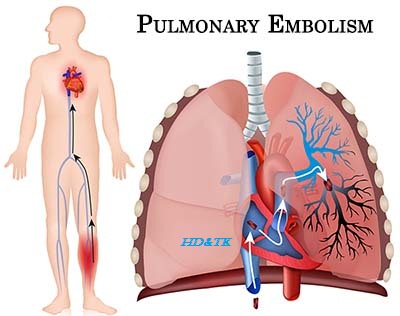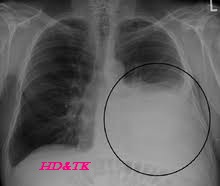Barrett's Esophagus
Barrett's
esophagus is a chronic condition in which the lining of the esophagus the
"food tube" that connects the throat to the stomach is damaged by
bile or acid from the stomach. The damage is characterized by changes in the
cells at the base of the esophagus. The esophageal cells gradually elongate and
thicken, and eventually come to resemble intestinal cells.
Normally,
the body has a mechanism to prevent stomach acid from reaching the esophagus. A
circular band of muscle at the lower end of the esophagus, called the lower
esophageal sphincter, seals shut and prevents stomach contents from rising up.
But certain conditions, such as chronic gastroesophageal reflux disease (GERD)
or obesity, weaken the sphincter. When that happens, stomach acid can gurgle up
and burn the lower end of the esophagus. Occasional heartburn is harmless, but
chronic GERD can set the stage for Barrett's esophagus. Experts estimate that
between 10 and 15 percent of people with GERD will develop Barrett's
esophagus. Barrett's esophagus is serious because it increases a person's
risk for a type of cancer called esophageal adenocarcinoma. In most cases,
precancerous cells, called dysplasia, appear first and offer a chance for early
intervention.
Signs
& Symptoms:
Barrett's
esophagus itself has no symptoms but its precursor, gastroesophageal reflux
disease (GERD), does. Signs of GERD include regular heartburn, which is often
described as a painful burning sensation either in the chest, behind the
breastbone, or in the middle of the abdomen. However, not all people
with Barrett's esophagus have chronic heartburn. As many as half of all
Barrett's esophagus patients don't have any symptoms at all. Because the
condition can go undetected, it's good to know about other risk factors for
Barrett's esophagus, which include:
Obesity
1-
Smoking
2-
Gender (men are twice as likely as women to get Barrett's esophagus)
3-
Age (Barrett's esophagus is more common in people age 50 or older)
4-
A close family member with the condition
Diagnosis:
Barrett's
esophagus is diagnosed with an upper gastrointestinal (GI) endoscopy and
biopsies. To
perform an upper GI endoscopy, a doctor threads a thin, flexible tube through
the mouth, down the esophagus and into the stomach while the patient is lightly
sedated. The endoscope has a flashlight and camera on one end that allows the
doctor to inspect the esophageal lining for cellular changes that might
indicate dysplasia. The doctor can also use the endoscope to take small tissue
samples called biopsies. These samples help doctors diagnose the presence and
grade of Barrett's esophagus.
New
technologies also allow doctors to do optical biopsies, which don't involve
removing any tissue at all.
The
results may be labeled one of the following:
1-
No dysplasia, meaning the patient has Barrett's esophagus but no precancerous
cellular changes
2-
Low-grade dysplasia, meaning cells show early signs of precancerous changes
3-
High-grade dysplasia, meaning cells are moving toward esophageal cancer.
Treatment:
Treatment
of Barrett's esophagus depends on the condition's severity, the grade of
dysplasia and the patient's overall health.
The
first line of treatment is often surveillance and medication. If the biopsy
shows no or even low-grade dysplasia, we may simply monitor the patient for
changes. That may mean a follow-up endoscopy in six months to a year and, for
some patients, daily medication.
For
Bartlett's esophagus, the most common type of drug therapy is proton pump
inhibitors, or PPIs. These medications are designed to treat GERD and work by
suppressing the stomach's acid production. Less stomach acid means less damage
to the esophagus. PPIs are best taken short term. Examples of common PPIs
include:
1-
Omeprazole (Prilosec, Zegerid)
2-
Lansoprazole (Prevacid)
3-
Pantoprazole (Protonix)
4-
Rabeprazole (AcipHex)
5-
Esomeprazole (Nexium)
6-
Dexlansoprazole (Dexilant)




Comments
Post a Comment